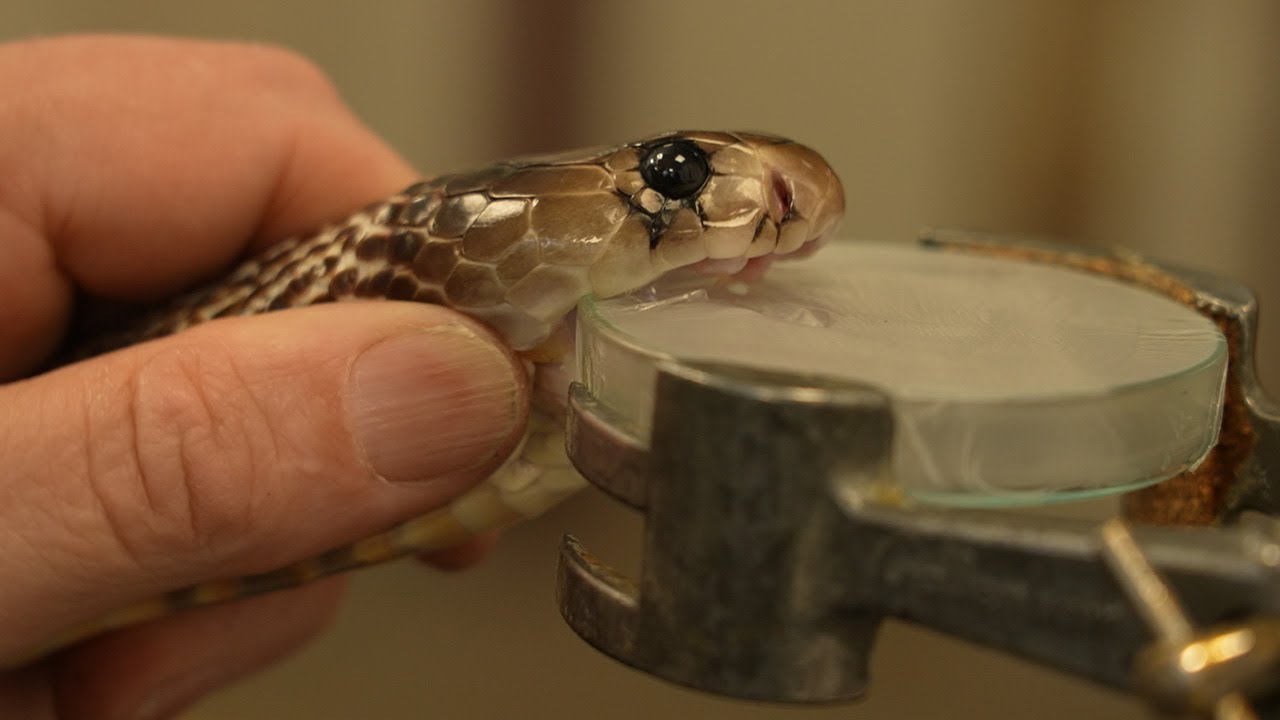The world of venomous snakes presents one of nature’s most fascinating evolutionary puzzles. While we typically associate these reptiles with their deadly biochemical weaponry, some species have taken a surprising evolutionary turn – abandoning their venom delivery systems despite having venomous ancestors. This evolutionary shift raises intriguing questions about survival strategies and adaptation. What would prompt an animal to relinquish what seems like the ultimate defensive and predatory advantage? The answer reveals the complex interplay between energy conservation, ecological niches, and the remarkable adaptability of these creatures. As we explore this counterintuitive evolutionary path, we’ll discover that venom production represents just one of many potential survival strategies in the reptile world and that sometimes, giving up what appears to be an advantage can actually be the most advantageous move of all.
The Energetic Cost of Venom Production
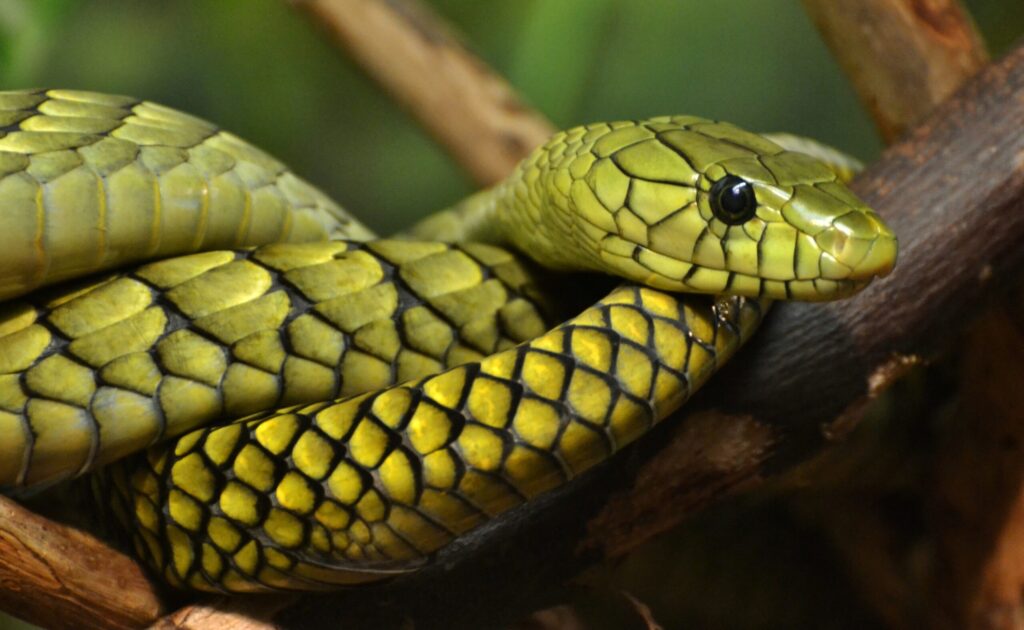
Producing venom is an extraordinarily expensive metabolic investment for snakes, requiring significant energy resources that could otherwise be directed toward growth, reproduction, or other survival mechanisms. The specialized glands, complex proteins, and enzymatic components in venom demand constant maintenance and regeneration, particularly after a snake deploys its venom during hunting or defense. Research suggests that some snake species may spend up to 20% of their metabolic resources on venom production alone, creating a substantial energetic burden. This biological “manufacturing cost” creates a situation where natural selection might favor abandoning venom production if the benefits no longer outweigh these considerable investments, especially if the snake develops alternative predation strategies that prove more efficient in their particular ecological niche.
Ecological Niche Specialization
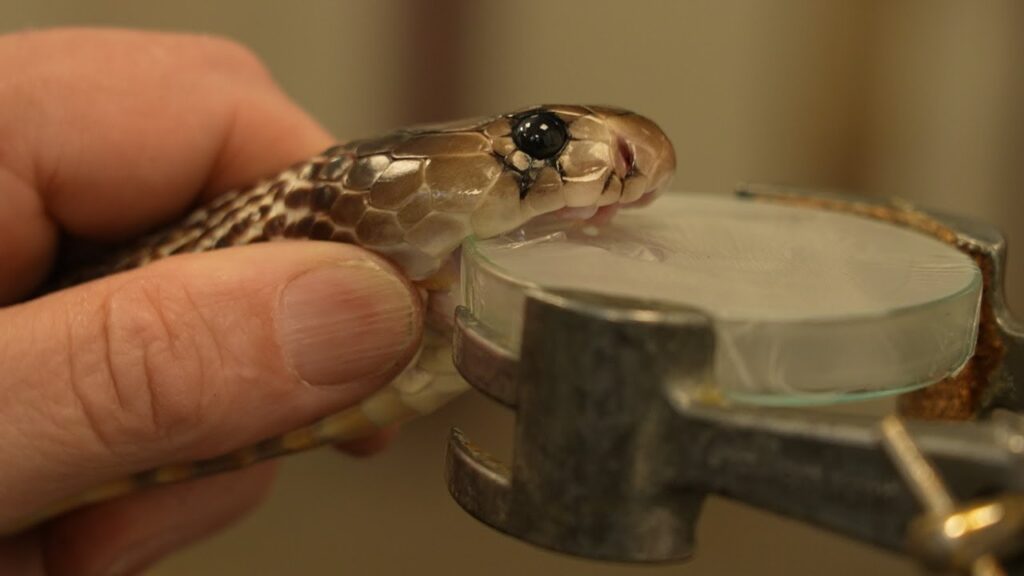
As snakes evolve to occupy specific ecological niches, the utility of venom can dramatically decrease in favor of more specialized adaptations suited to particular environments or prey types. For instance, some formerly venomous species have transitioned to aquatic environments where constriction or specialized jaw structures prove more effective for capturing slippery prey like fish. Others have developed extraordinarily powerful constriction abilities that render venom unnecessary, as seen in some colubrid snakes that have lost or reduced their venom systems while developing muscle strength capable of quickly subduing prey. These ecological adaptations demonstrate nature’s principle of not maintaining costly biological systems when alternatives provide better survival and reproductive advantages in specific environments, effectively demonstrating how specialized niches can drive the evolutionary loss of venom.
Prey Type and Resistance
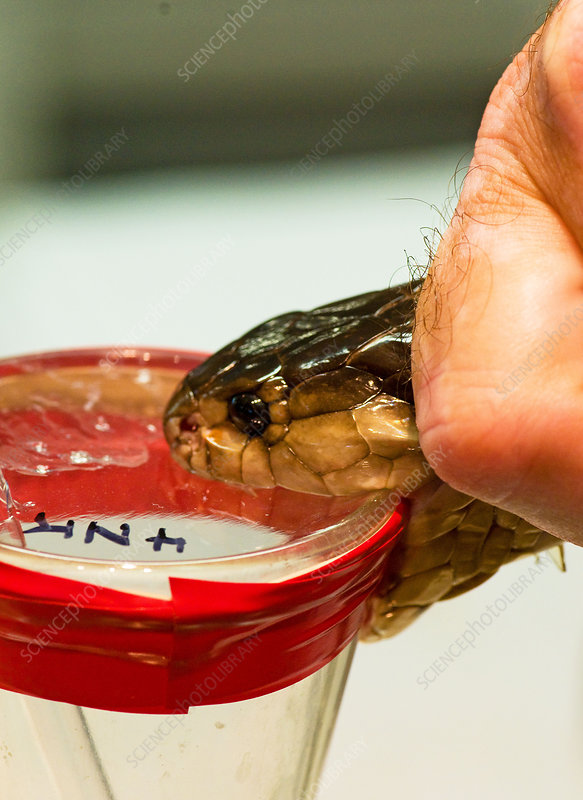
The evolutionary arms race between predator and prey can significantly influence venom utility, particularly when prey species develop resistance to a snake’s venom. Throughout evolutionary history, certain prey animals have developed physiological countermeasures against specific snake venoms, rendering the snake’s chemical arsenal increasingly ineffective. When faced with venom-resistant prey populations, snakes face strong selective pressure to either evolve more potent venom compounds (requiring even greater metabolic investment) or adopt entirely different predation strategies. This scenario creates conditions where natural selection might favor individuals who rely less on venom and more on alternative hunting methods, potentially leading to gradual reduction and eventual loss of venom systems. The California kingsnake, for example, has evolved to prey on other snakes, including venomous rattlesnakes, having developed a remarkable resistance to venom that influenced its own predatory evolution.
Constriction as an Alternative Strategy
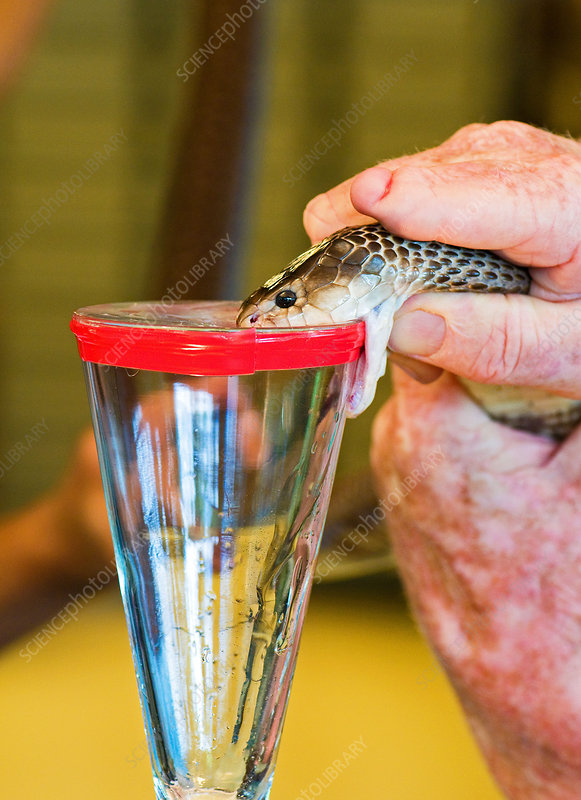
Constriction represents one of the most successful alternative predation strategies that has allowed some snake lineages to reduce or eliminate their reliance on venom. This hunting method involves powerful muscular contractions that prevent prey from breathing or cause circulatory failure, offering a highly efficient killing mechanism without the metabolic cost of venom production. Many snake families, including powerful constrictors like boas and pythons, demonstrate how this alternative strategy can be so successful that venom becomes evolutionarily unnecessary. The biomechanical efficiency of constriction allows these snakes to subdue prey quickly while conserving energy that would otherwise be dedicated to venom gland maintenance and toxin production. This predation method also enables snakes to capture and consume larger prey items than might be possible with venom alone, potentially expanding their dietary options.
Dietary Shifts and Specialization
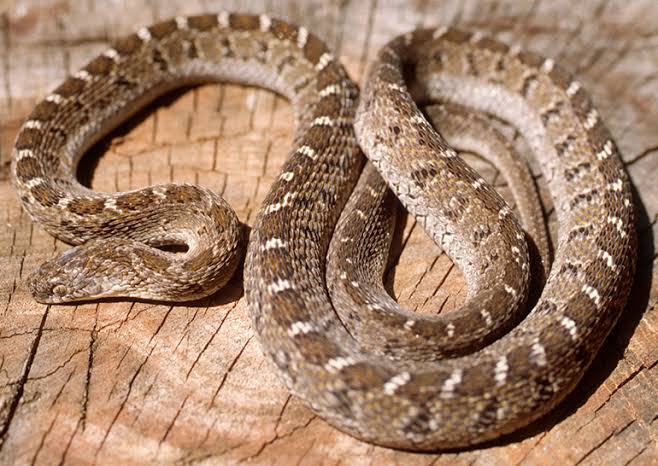
A significant factor in venom system reduction occurs when snakes undergo dietary shifts that render venom less advantageous for their new food preferences. Some snake species have transitioned from hunting complex, potentially dangerous prey to specializing in eggs, slugs, or other defenseless food sources that don’t require subduing. The African egg-eating snakes (genus Dasypeltis) represent a dramatic example of this evolutionary path, having specialized jaws and teeth designed specifically for consuming bird eggs while losing their ancestral venom apparatus entirely. Similarly, slug-eating snakes have developed specialized dentition and digestive systems for their slimy prey, making venom production an unnecessary metabolic expense. These dietary specialists demonstrate how food preference can directly influence the retention or loss of venom systems, highlighting the remarkable adaptability of snakes to exploit specific food resources.
Vestigial Venom Systems
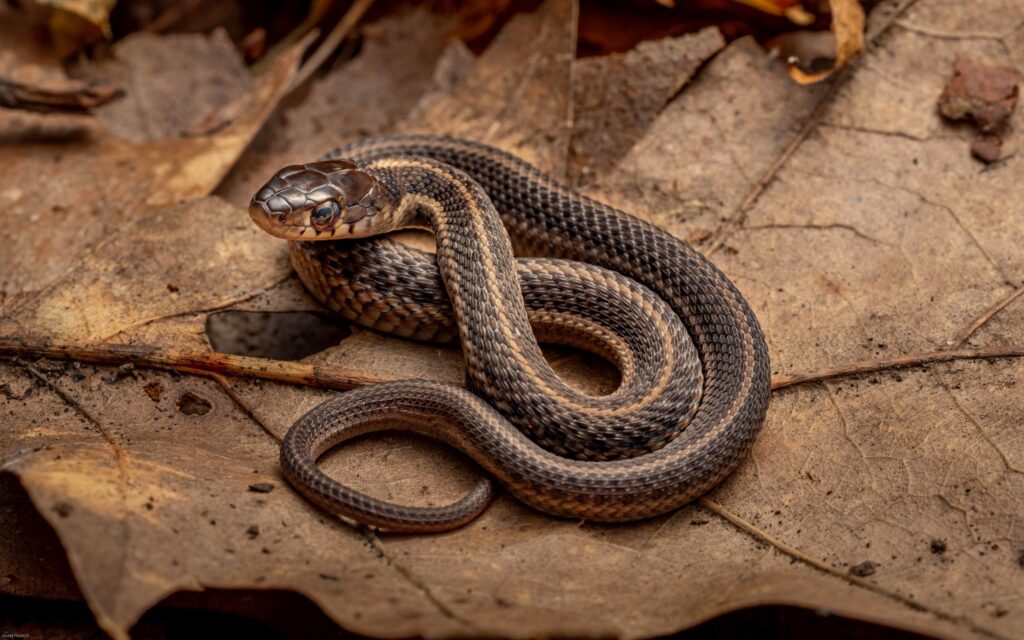
The evolutionary process of losing venom production often leaves behind fascinating biological traces in the form of vestigial venom systems. Many “non-venomous” snake species actually retain rudimentary venom glands or modified saliva-producing structures that hint at their venomous ancestry. These vestigial structures provide valuable evolutionary evidence, allowing scientists to trace the gradual reduction of venom systems through time and across related species. The garter snake (Thamnophis), long considered completely harmless to humans, was discovered to possess a mild venom system that represents an evolutionary intermediate—functional enough to help subdue amphibian prey but significantly reduced compared to its ancestors. These transitional forms help scientists understand the step-by-step process through which complex biological systems can be reduced or repurposed when selective pressures change, offering crucial insights into evolutionary biology beyond just snake venom.
Predator Avoidance and Defense
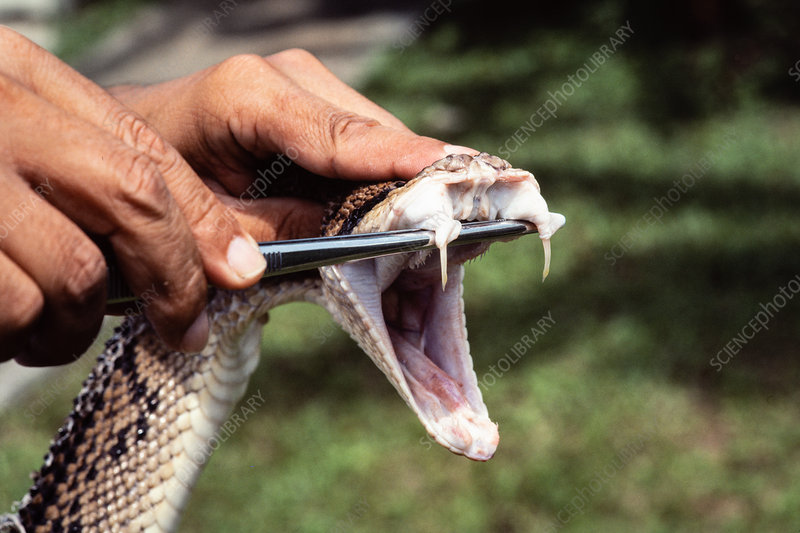
For some snake species, abandoning venom production coincides with developing alternative defensive strategies that prove more effective against their particular predators. Mimicry represents one such strategy, where non-venomous species evolve coloration and patterns resembling highly venomous species, gaining protection without the metabolic cost of actual venom production. The scarlet kingsnake’s resemblance to the venomous coral snake exemplifies this adaptation, deterring predators through visual deception rather than actual toxicity. Other non-venomous species have developed behavioral defenses such as playing dead, producing foul-smelling musk, or demonstrating aggressive displays that effectively ward off potential threats. These multi-faceted defensive adaptations can provide sufficient protection that the benefits of maintaining venom production for defense no longer justify its high metabolic cost, contributing to its evolutionary reduction.
Geographic Isolation and Island Effects
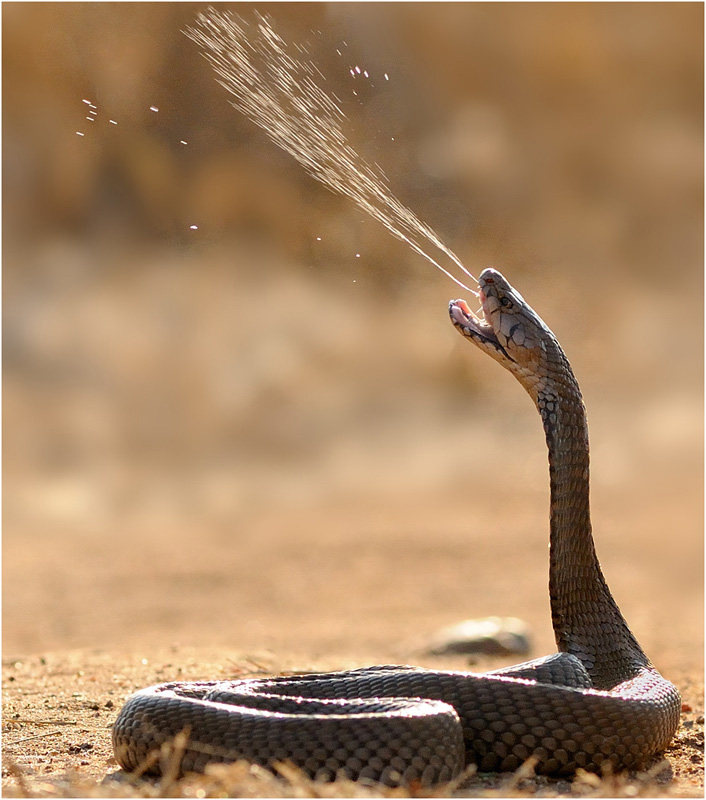
Geographic isolation, particularly on islands, creates unique evolutionary conditions that can accelerate venom loss in snake populations. When snake species become isolated on islands with limited prey diversity and few predators, the selective pressures maintaining venom systems may dramatically decrease. The absence of natural predators removes defensive necessity, while simplified prey ecosystems might favor specialization in non-venomous hunting techniques. This phenomenon aligns with the broader biological principle of island gigantism or dwarfism, where isolated populations often develop exaggerated or reduced traits compared to mainland relatives. Several island-dwelling snake species demonstrate reduced venom systems compared to their continental counterparts, supporting the theory that geographic isolation creates conditions where the high metabolic cost of venom production becomes evolutionary baggage rather than an advantage.
Evolutionary Trade-offs
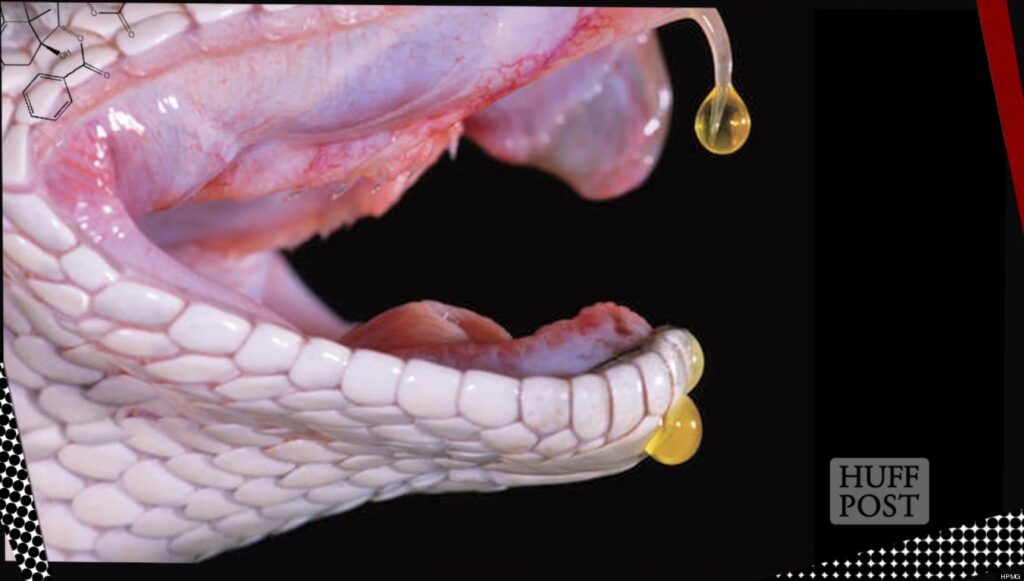
The loss of venom systems perfectly illustrates the concept of evolutionary trade-offs, where organisms cannot simultaneously optimize all biological functions and must instead prioritize traits based on environmental pressures. When snakes evolve enhanced alternative abilities—whether specialized jaw structures, increased muscular strength, or enhanced sensory capabilities—maintaining venom production may become biologically prohibitive. These trade-offs operate at the genetic and developmental level, where resources directed toward one adaptation necessarily reduce investment in others. The stunning diversity of non-venomous snakes demonstrates how these evolutionary compromises can lead to remarkable specialization and success despite abandoning what might seem like an essential weapon. This principle explains why evolution doesn’t produce “perfect” organisms but rather creates diverse solutions to environmental challenges, with each species representing a unique set of compromises shaped by their ecological circumstances.
The Duvernoy’s Gland Mystery
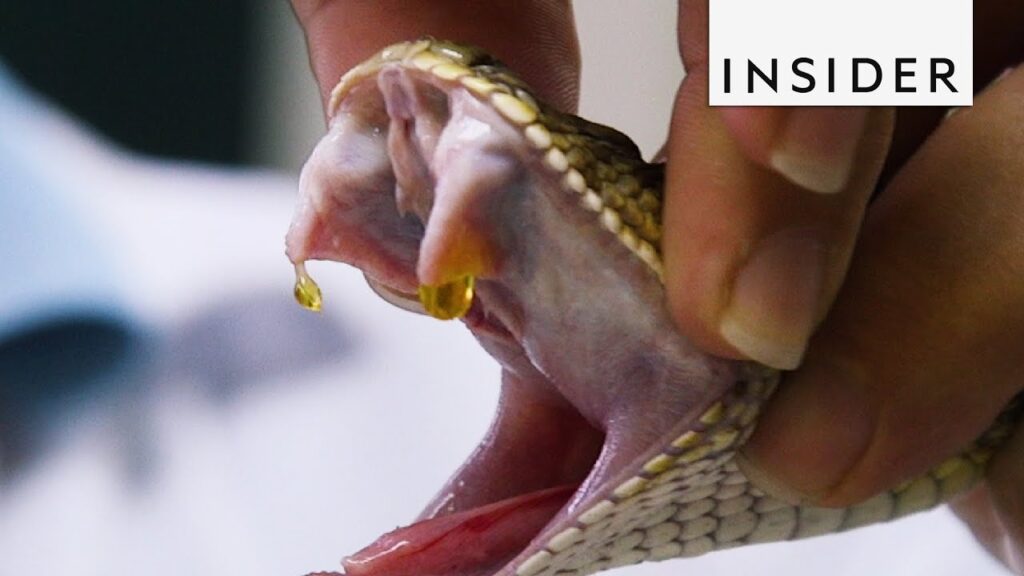
The Duvernoy’s gland presents one of the most fascinating transitions in venom system evolution, representing an intermediate structure between true venom glands and ordinary salivary glands. Found in many “rear-fanged” colubrid snakes, this modified salivary gland produces toxic secretions but lacks the specialized delivery system of advanced venomous snakes. Evolutionary biologists study these structures to understand the gradual reduction of venom systems, as many species with Duvernoy’s glands demonstrate a transitional state where venom production continues but with reduced potency or delivery efficiency. This anatomical middle ground provides crucial evidence for understanding how complex biological systems can be gradually reduced through evolutionary time. Recent research suggests that Duvernoy’s gland may represent either an evolving primitive venom system or a degenerating advanced one, depending on the species, highlighting the bidirectional nature of evolutionary adaptations.
Molecular and Genetic Underpinnings
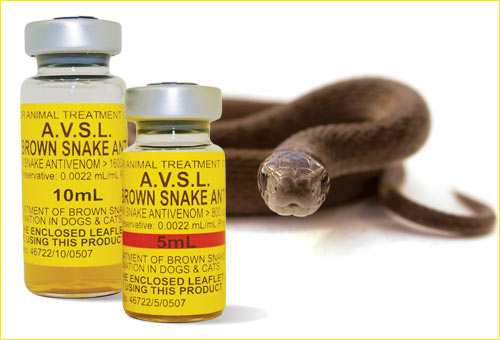
Modern genomic research has revealed fascinating insights into the genetic mechanisms underlying venom loss in snake lineages. Scientists have discovered that venom reduction often involves the silencing or mutation of genes responsible for toxin production rather than their complete deletion from the genome. This gene silencing can occur through various mechanisms, including changes in regulatory regions, epigenetic modifications, or mutations that create non-functional toxin proteins. The field of comparative venomics—studying venom composition across related species—shows that venom-related genes often remain in the genome as pseudogenes long after they cease producing functional toxins. These genetic remnants provide a molecular fossil record that allows scientists to trace venom evolution and potential reactivation, as some snake lineages have demonstrated the ability to re-evolve venom production when ecological conditions change again, highlighting the remarkable genomic flexibility underlying these adaptive shifts.
Human Implications and Biomedicine
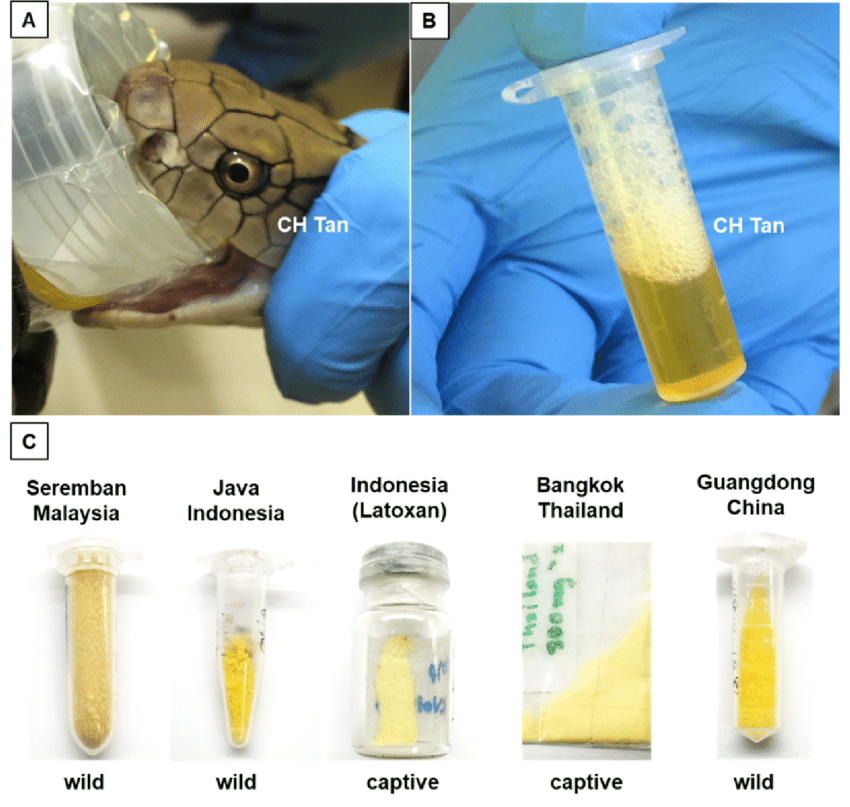
The study of venom loss in snakes extends far beyond academic interest, offering valuable insights into human medicine and biotechnology. Understanding how venom systems evolve and devolve provides crucial knowledge for antivenom development, particularly as scientists recognize the complex variations in venom composition even among closely related species. The molecular mechanisms underlying venom gene silencing offer potential applications in genetic therapy, where similar processes might be harnessed to deactivate harmful genes in human diseases. Additionally, comparative studies between venomous and non-venomous sister species help identify the specific molecules responsible for venom toxicity, aiding pharmaceutical research that aims to develop medications from modified venom components. Several modern drugs, including certain blood pressure medications and pain relievers, have already been developed based on modified snake venom components, demonstrating the practical human benefits of understanding these evolutionary processes.
Future Evolutionary Trajectories
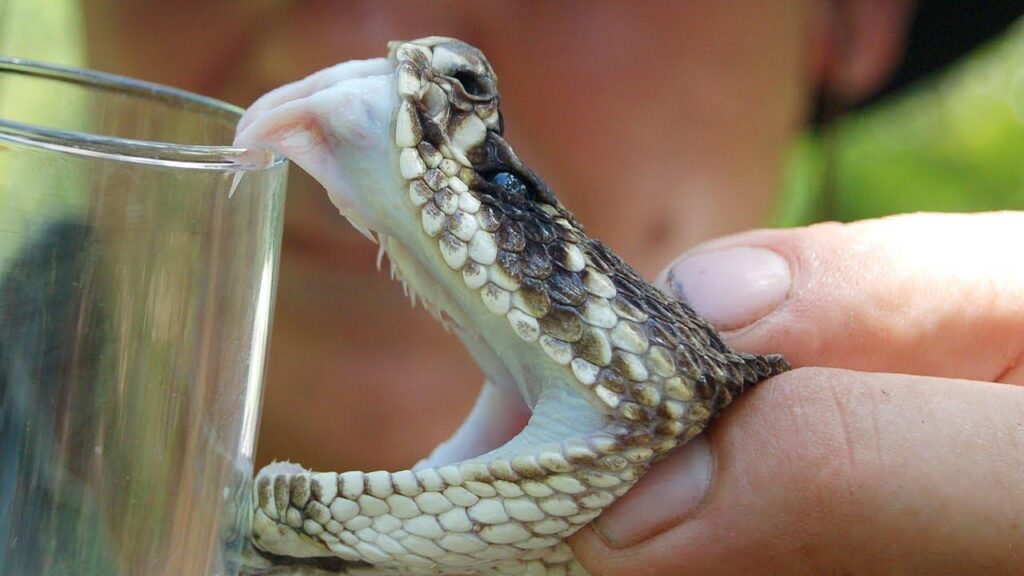
As environmental conditions continue changing globally, the evolutionary forces acting on snake venom systems remain dynamic, potentially driving further changes in venomous and non-venomous species alike. Climate change, habitat fragmentation, and other anthropogenic factors are reshaping ecosystems at unprecedented rates, creating novel selective pressures that may favor either venom enhancement or reduction depending on specific circumstances. Some research suggests that certain snake populations facing disrupted ecosystems may be experiencing accelerated evolutionary changes in their venom systems as they adapt to new prey availability or predator threats. The remarkable plasticity of snake venom systems—evidenced by their repeated gain and loss throughout evolutionary history—suggests these reptiles will continue adapting their biochemical arsenals to match changing environmental demands. Studying these ongoing evolutionary processes not only enhances our understanding of adaptation but may help predict how venomous species will respond to our rapidly changing world, with implications for both conservation and human safety.
The evolutionary abandonment of venom by certain snake lineages represents one of nature’s most fascinating examples of adaptive flexibility. Far from indicating evolutionary regression, this process demonstrates how natural selection continuously refines organisms according to their specific ecological contexts, eliminating costly biological systems when alternatives prove more advantageous. Through the complex interplay of metabolic costs, ecological specialization, predator-prey dynamics, and genetic mechanisms, we gain profound insights into how evolution shapes all living organisms. These serpentine adaptations remind us that in nature, there is no single “best” strategy—only what works most efficiently within each unique environmental niche. As we continue studying these remarkable reptiles, their evolutionary journey continues to provide valuable lessons about adaptation, specialization, and the endless creativity of natural selection.

